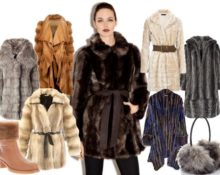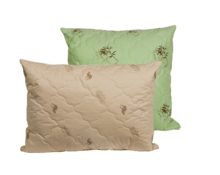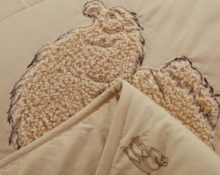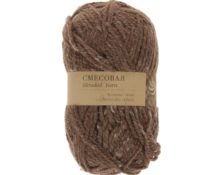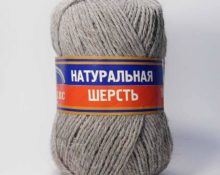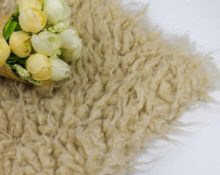Manufacturers often indicate wool in the composition, but only a specialist can understand what type of fiber was used. And how well does the label correspond to the actual composition of the product? The fact is that wool products have specific properties. And the naturalness of the raw materials guarantees a person not only warmth, but also a number of positive aspects for health.
The warmest wool - what is it?
Wool is one of the most revered materials in the world.
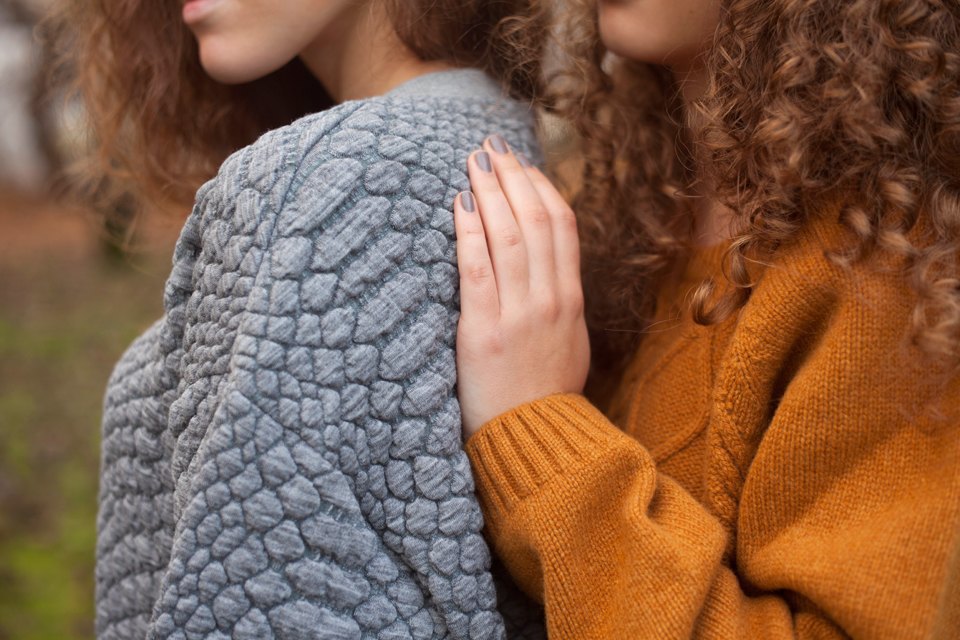
Even in ancient times, people paid attention to the quality of characteristics, and most importantly, to the ability to keep warm even in the most severe frosts. Not all types of wool are the same in their properties. There are types of raw materials that are definitely worth highlighting separately. For example, most people are drawn to the unique warming properties of merino wool. Due to the special composition of the fibers, products made from it are especially warm; in addition, the material is resistant to the external environment and has particular strength.Alpaca is also distinguished as a unique type of wool fiber that is particularly soft.
Types of natural wool and its properties
Alpaca
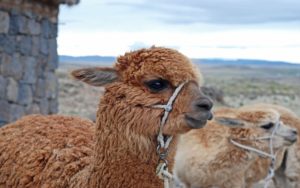
This unique material is obtained by cutting the hair from an animal belonging to the camel family, but smaller in size. Yarn from this animal has the healing properties of camel wool, but is softer and warmer. In addition, the material is wear-resistant and lightweight. Outerwear, sweaters and scarves, and children's knitwear are made from it. The product is available in 24 shades. The fibers of the material have a slight shine, do not creak, and retain heat well, due to the fact that the fiber from the animal is accustomed to frost due to the fact that it grazes in the mountains, where temperatures can reach -30 degrees.
Angora
Angora is made from goat or rabbit fluff. The material is light and warm. The raw material has low density. Therefore it is very light. Basically, this material is added together with synthetic fibers, in the proportion of 20% angora and 80% other threads. This is due to its fragility. Things made from angora are particularly delicate; if not properly cared for, fluff can come out, so you should pay close attention to this raw material, which is so revered by modern designers when creating collections for the winter seasons. Raw materials looks great in scarves, hats, sweaters, gloves.
Camel
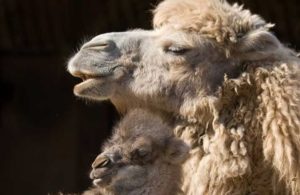
The material has the unique characteristic of producing dry heat. Moreover, if a person sweats, then the substances that come out with sweat are not allowed back in by the product. Products made from camel hair are often produced for clothing used for therapeutic purposes. These can be vests, scarves, blankets, blankets and pillows.It is believed that this particular material helps with diseases of the musculoskeletal system, relieves neuralgia and improves the condition of rheumatism. Another valuable property of camel wool is its ability to repel dust particles.
Vicuna
This type of coat is rare. Despite its thinness, the material allows you to protect yourself from severe cold, tolerates windy and humid weather well, giving a feeling of warmth. Raw materials this type is not cheap. This is due to the fact that the vicuña is a rare animal. And large production of woolen products from it would lead to the extinction of the species. This material is found in rare expensive products. Often the products are made by artisans. Sweaters and capes turn out very beautiful and warm.
Cashmere
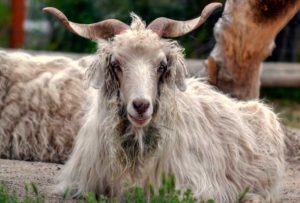
Made from Tibetan goat. Only its undercoat is used. The material has unique properties that combine warmth, lightness, and softness. Real cashmere is highly valued and is used in the production of coats, sweaters, and hats. The material consists of down, but of such high quality that products made from it last a very, very long time. Real cashmere is not easy to find on sale. Increasingly, mixed fibers are passed off as cashmere, which may contain other types of wool and synthetics.
Merino
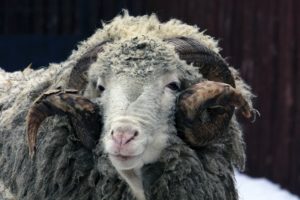
The yarn is produced from special sheep breed - merino. The fibers have a unique thinness, but at the same time strength and warmth. A special feature of products made from merino wool is their wear resistance. Things made from this material do not deform for a long time and have an exceptional property of retaining heat. This material helps retain human body heat due to its structure having smaller air pockets.The products are resistant to the appearance of a specific odor and are well tolerated by those who are prone to allergies.
Mohair
Made from Angora goats. In terms of its structure, it is the strongest goat hair. Therefore, the fibers have special strength, fire resistance, do not wrinkle. Products made from mohair have thermal insulation properties, do not pill, have increased strength and are especially soft and pleasant to the body.
Which wool keeps you warm in winter?
Merino wool, alpaca, and cashmere have excellent properties of retaining heat.
But it is worth remembering that cashmere is still chosen not for severe cold, but as a raw material that can withstand average winter temperatures, but at the same time looks elegant. If you need to walk outside for a long time in winter, then products made from high-quality alpacas, as well as from Merino sheep - these are the two most practical options. The fiber structure of these types of wool has the ability to retain heat for a long time. At the same time, the materials are particularly soft and resistant to external conditions - wind, low temperatures.
How to distinguish natural wool from fake?
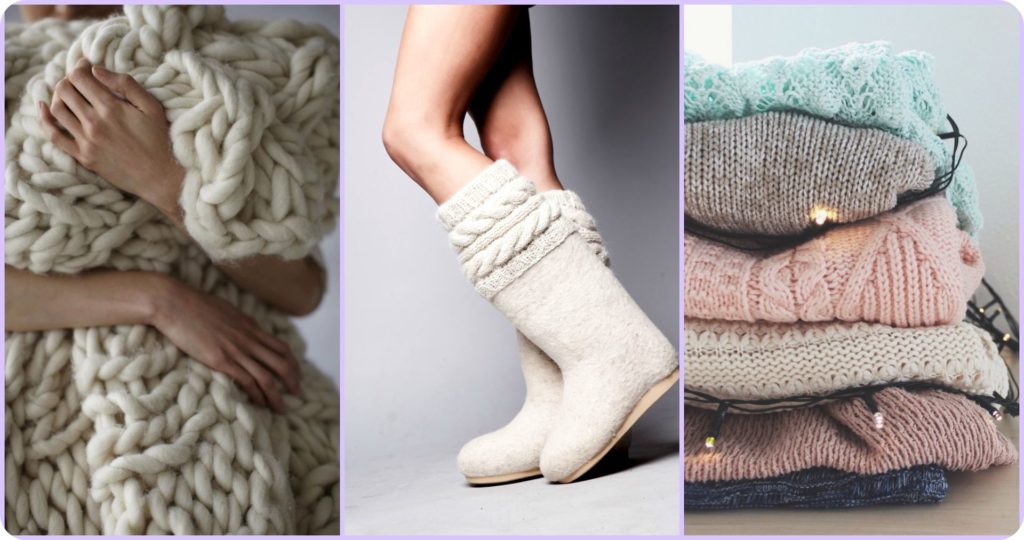
You can distinguish by touch by running your hand over the surface. On a product where synthetic fiber predominates, shiny marks are formed. And there are no traces of touch on natural wool. Unnatural material often shows sparks when touched. And the most reliable way to determine the naturalness of the raw material is to set fire to the thread. If a melted drop has formed and a specific chemical smell - before we are synthetic. When burned, wool smells like natural material and does not melt.


 0
0